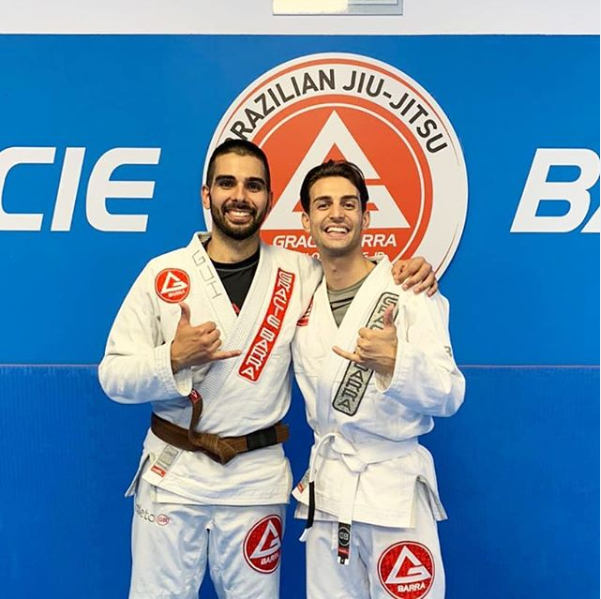GB Student Question: “What should a white belt be working on?”

White belt can be at once the most exciting AND frustrating time in your Jiu-Jitsu journey.
ㅤ
Why? Because every class seems to bring a new technique solution to a problem that you have been having. Everyday you see something new that can fit right into your growing game. It seems like your GB instructor is reading your mind. “Wow, I always get in this position and never knew what to do! This technique is exactly what I needed.”
ㅤ
The frustrating part can come from a few things. The unwillingness of your body to do what you are telling it to do. For example, it’s easy to say “Move your hips!” It’s quite another to do it when your opponent is on top of you in side mount!
ㅤ
One of the most confusing aspects of training bjj for the white belt student, is the sheer number of different techniques that you see over the course of a few weeks of classes. A whole list of seemingly unrelated techniques, all of which seem to be important.
ㅤ
“I don’t know what I should be working on. There are so many different things that I need to know.”
ㅤ
Yes. Fortunately, there is a great answer in the Gracie Barra curriculum. You see, the way the 16 week cycle of the GB Curriculum works is that a structure is built in where the students will cover ALL of the major standing and ground positions over the cycle. If a student doesn’t miss any classes over the complete run of the 16 weeks of the Curriculum, the student will receive instruction in all positions.
ㅤ
Moreover, the Curriculum is divided in a logical way that breaks up the overall mass of techniques into logical, identifiable positions on the ground. Now it is easier to see how any technique that you learn belongs to a specific ground position. It is a lot easier to organize the positions in your mind in this way.
ㅤ
Now, to specifically answer the question “What should a white belt be working on?”
ㅤ
Your priority in that first year of training should be to get a handful of basic techniques from each of the major ground positions (as set out by week in the GB Curriculum) and be able to identify:
A) What position are you in at any time on the ground in a roll?
B) What technique do you remember to use in that situation?
ㅤ
Your job is to recognize where you are positionally at any moment in the match and be able to have a few key moves that you can go to.
ㅤ
This way of looking at your Jiu-Jitsu overall will provide you with a skeleton for all of the individual techniques. And importantly, you can identify which areas of Jiu-Jitsu that you lack the techniques that you need.
ㅤ
For example, in a match you find yourself in bottom half guard. Pause and ask “What should I be trying to do in this position?”
Replace the guard? Sweep or submit your opponent?
ㅤ
“What techniques do I know when I find myself in bottom half guard?” If you don’t know what to do, then you need to find an answer to what should be your “go to” techniques in bottom half guard. Hopefully, next week will be bottom half guard in the GB Curriculum!
ㅤ
Now use the structure of the 16 weeks Curriculum to examine all of your Jiu-Jitsu and figure out which positions in which you have gaps in your knowledge. And THAT is a great way to narrow down what you should be working on. The specific techniques will be a little different for everyone.
ㅤ
Now go train and have fun!
ㅤ
What piece of advice most helped YOU as a white belt?
ㅤ
See also on Gracie Barra : Life’s Challenges – Jiu-Jitsu Helps Off The Mat
ㅤ
Credits: Mark Mullen
Gracie Barra Black belt based in Asia
